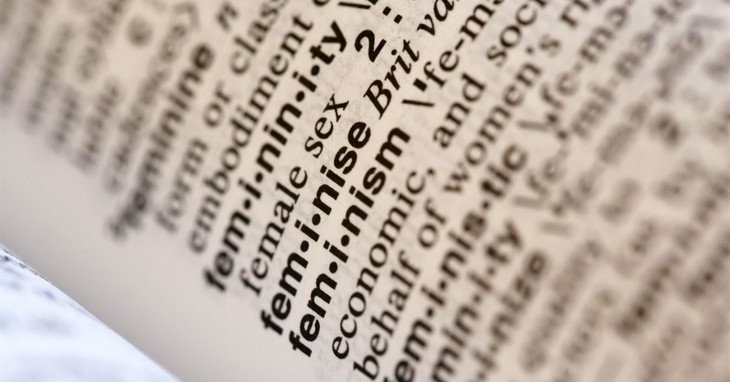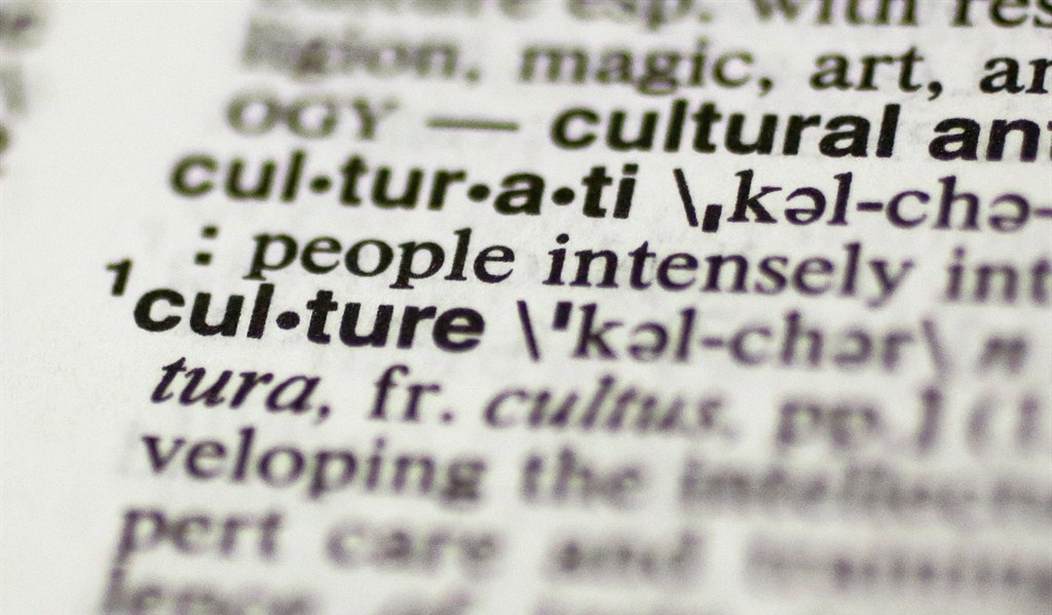It would probably be called an intolerant hate crime to suggest we throw away the AP guide on journalism language.
For reasons still never cogently explained, our intellectual class continues to embarrass itself by eliminating commonly taught standards and science. In the effort to show appropriate social signaling, facts and established definitions are dispatched blithely in order to lecture the rabble on the shifting mores of their utopian vision. This means today, biologically supported knowledge is hateful, and its adherents are intolerant and uneducated.
Old school physiology has become eclipsed by contemporary wokeness, and you are a philistine to suggest biology dictates which of the two genders you possess – so say the thinkers who shriek constantly about “SETTLED SCIENCE!” This same crowd now tells us that your sexual preference is something dictated at your birth, but your sex that has always been determined at a molecular level is now any of the dozens of choices you prefer on a given day.
This stunted thinking is being coddled by the elites in the media landscape. Recently, the verbal authorities at Merriam-Webster reacted to the indolent arguments over what the proper labels are for those who give birth. We are in the era that declaring it is a woman who gestates life internally makes you a hate monger. So, the dictionary dictators have altered the definition of the word “woman” to now read:
– fe·male | ‘fe-?mal
b.: having a gender identity that is the opposite of male
First off, we need to ask if any biologists are on staff in order to make this declaration. But, there is a slight problem with their addendum. If you look up the definition of “male” in order to ascertain the definition, you are told unhelpfully that it is the opposite of “female”. This is supposed to be an informative textbook, mind you. Now incorporate what, 60+ other genders that are now accepted, and you have not lent any clarity to the issue, much as you are not clarifying vodka by adding Bailey’s and Kahlua.

Joining in on this tap dance in the social minefield now is the Associated Press and its recent alterations to its formerly revered Stylebook. The syndicate has made revisions in what some of the accepted language is regarding the trans community, and if you manage to come away with a clear vision of what is considered proper, then you are far more adept at these fraudulent standards than myself.
From the onset, you get a sense of the divot-filled road in front of us with this announced change.
Gender, sex and sexual orientation: A renamed umbrella entry, including more than 25 new or revised entries. They include transgender, nonbinary, gender identity, sexual identity, gender expression, gender-fluid, gender-fluidity, genderqueer, gender dysphoria. We now use LGBTQ instead of LGBT.
Over two dozen new standards of language in how to address trans issues in your reporting. Well now, this should be fun, and not all confounding and necessitating a copious amount of the aforementioned vodka. An introduction to this section goes as follows:
“A person’s sex and gender are usually assigned at birth by parents or attendants and can turn out to be inaccurate. Experts say gender is a spectrum, not a binary structure consisting of only men and women, that can vary among societies and can change over time.”
From there, the new standards and suggestions unspool in a miasma of modernity.
- “a person’s sex is usually assigned at birth by parents or attendants, sometimes inaccurately”
- “ ‘is a woman’ is more to the point than ‘identifies as a woman.’”
- “avoid terms like ‘biological male,’ which opponents of transgender rights sometimes use to oversimplify sex and gender, is often misleading shorthand for ‘assigned male at birth,’ and is redundant because sex is inherently biological.”
- “gender-confirmation procedures and gender-affirming care; treatments can improve psychological well-being and reduce suicidal behavior.” (Just ignore, as the AP does, how the suicide rates for those who endure these procedures are actually higher.)
Then, possibly my favorite new standard is this height of redundancy, for no clear reason.
- “Don’t refer in interviews or stories to ‘preferred’ or ‘chosen’ pronouns. Instead, ‘the pronouns they use,’ ‘whose pronouns are,’ ‘who uses the pronouns,’ etc.
I almost want to ask what the hell is the difference between “chosen” and “they use,” but then I run the risk of enduring more of these kinds of explainers.
There was a time when the AP Stylebook was one that professionals turned to for clarity, or settling newsroom bets. These days, it has become a source for humor. The only real time I have any contretemps with the editors here on the site is when I get instructed that something I wrote does not comport with the AP Book. They severely underestimate my apathy towards this tome.
It was not long ago when the AP responded to the Black Lives Matter protests by deciding that in racial discourse, the word “black” should be capitalized, but not the word “white”. It is for all the stated idiotic reasons above that I could not care less what the AP suggests as far as my writing. If they want to provide guidance as to what language might be inflammatory, I will miss out, as I tossed their Stylebook into the Weber– only to discover it is flammable.














Join the conversation as a VIP Member